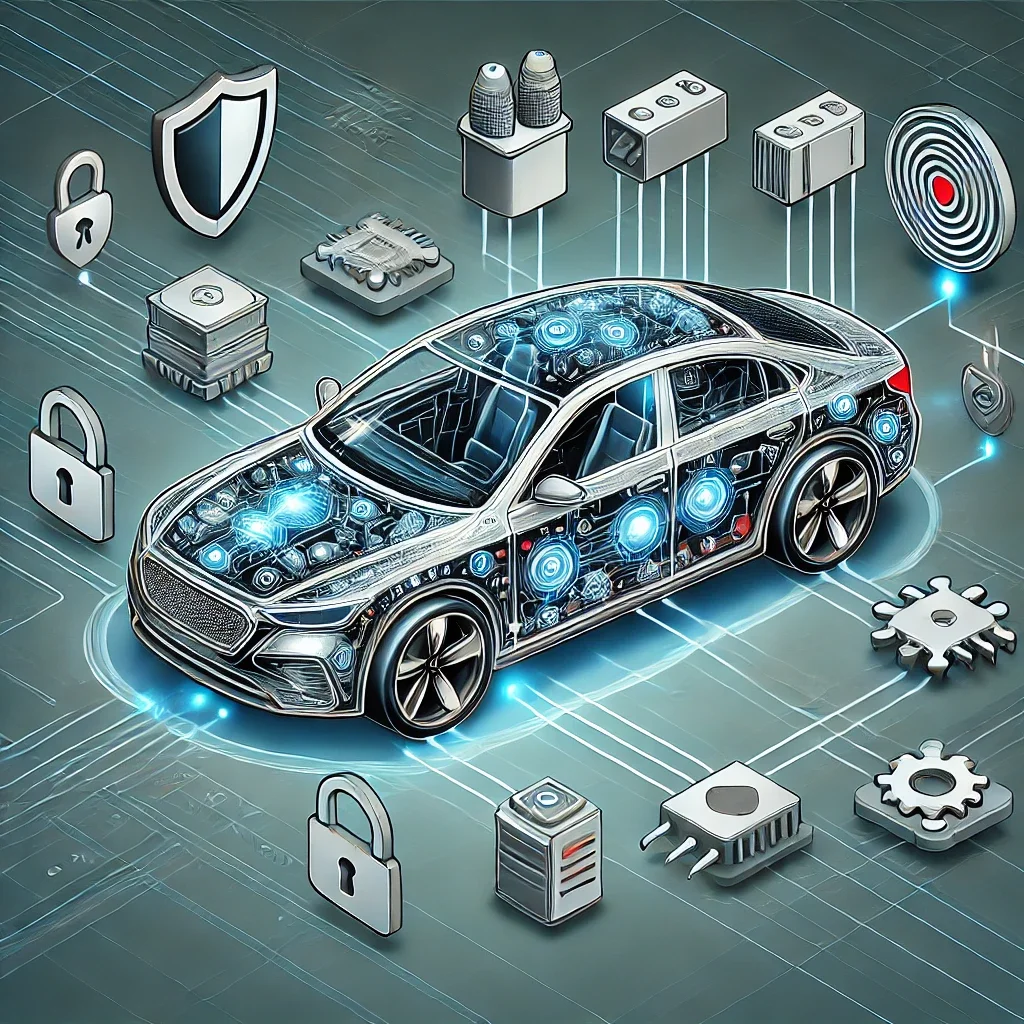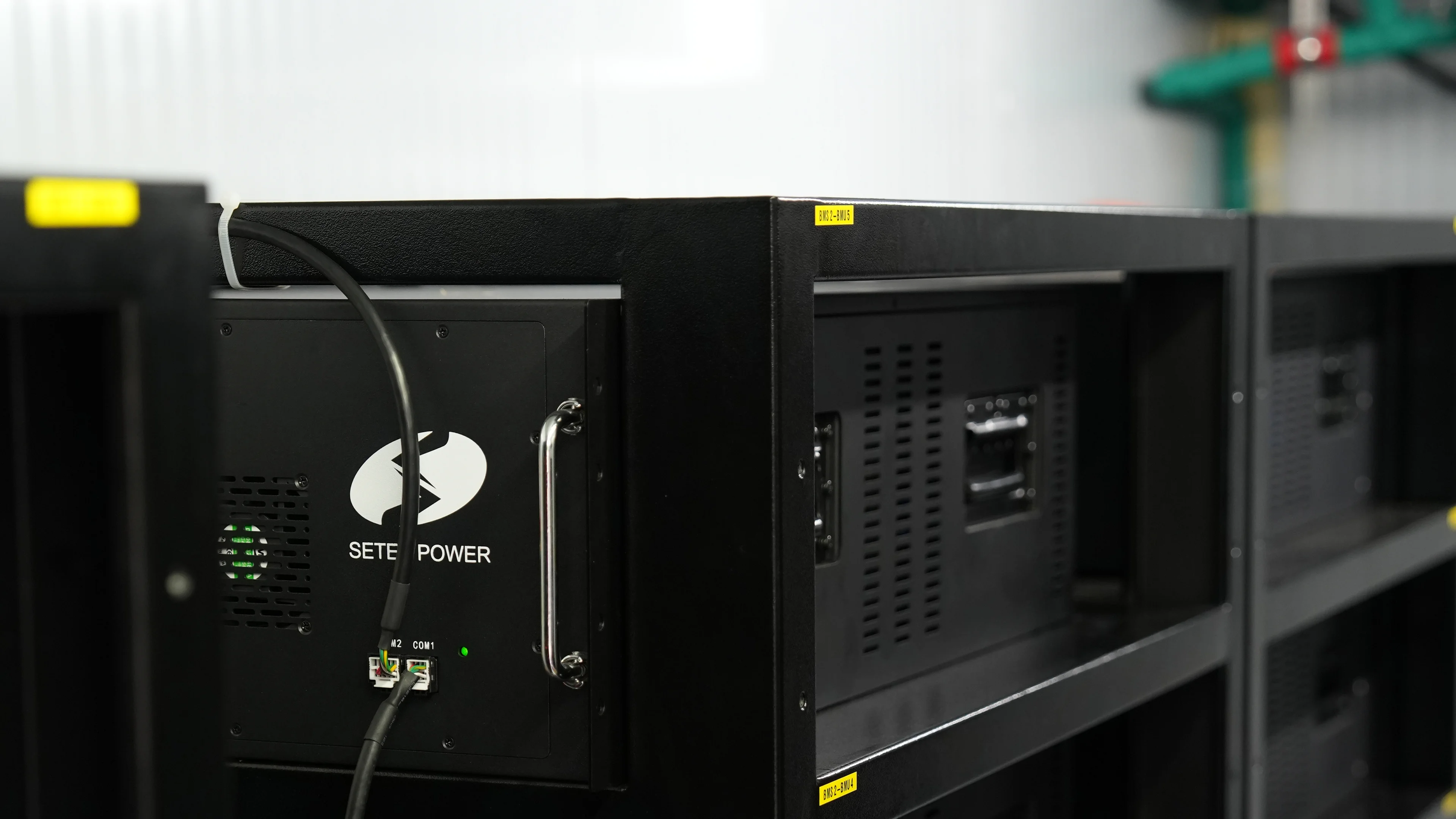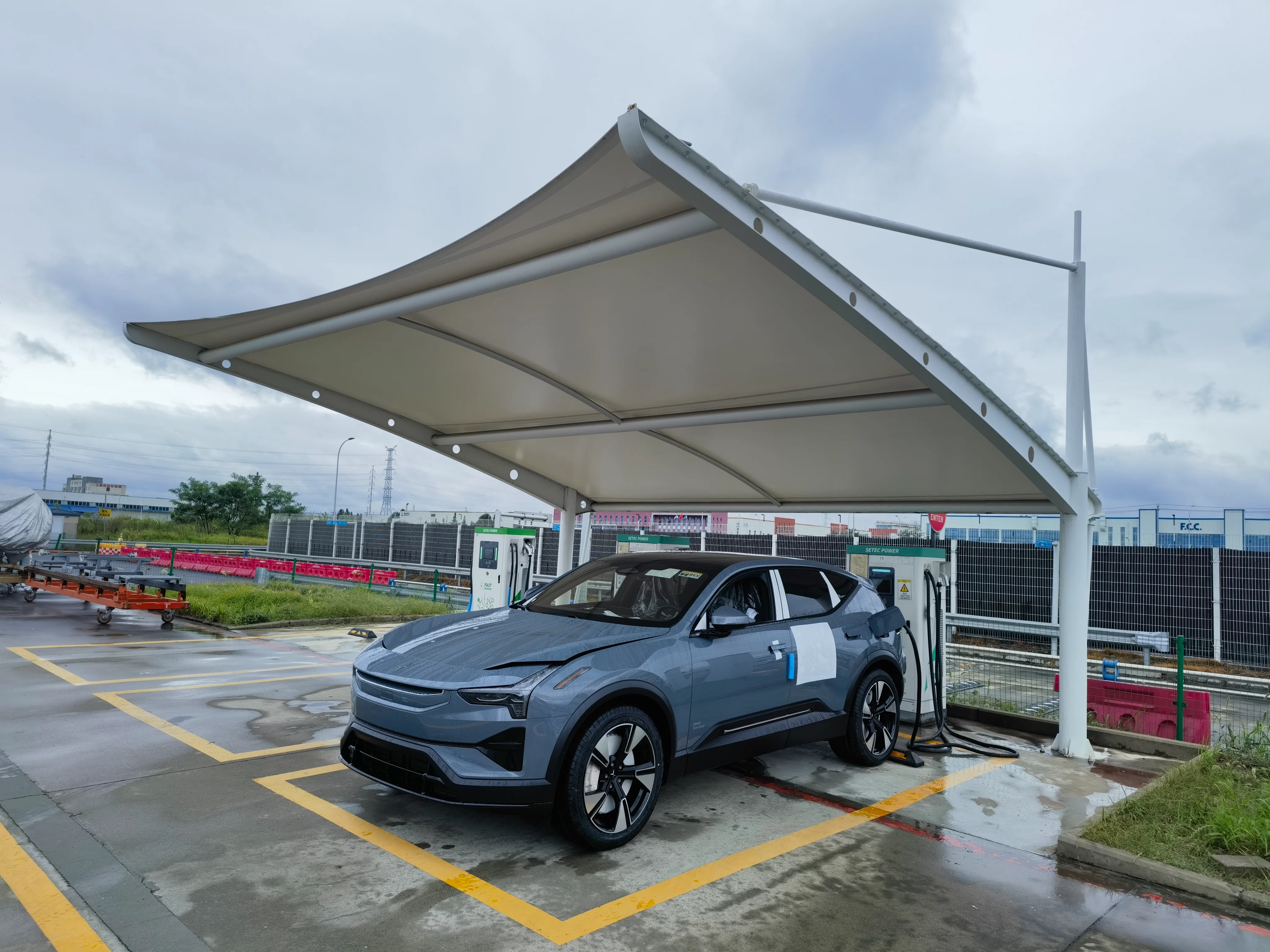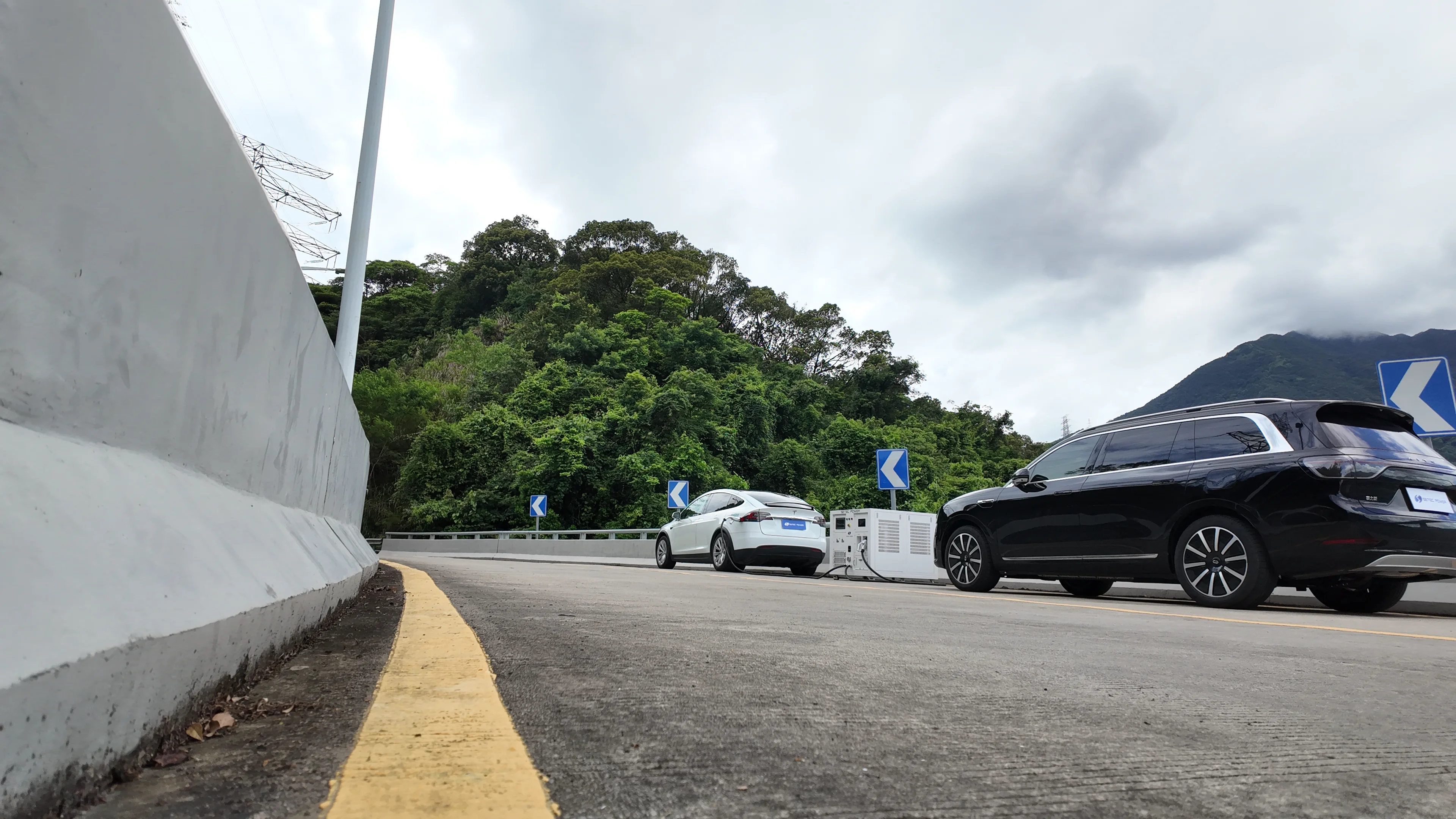Dec 07, 2023
Definition and Background of ISO/SAE 21434 Standard
The ISO/SAE 21434 standard is a significant milestone in the automotive industry’s efforts to bolster cybersecurity. Developed through a collaborative process involving leading experts from various sectors, the standard represents a consensus on best practices for cybersecurity in road vehicles. It is closely aligned with other crucial standards like ISO 26262 (Functional Safety), ensuring a holistic approach to vehicle safety and security. Since its release, ISO/SAE 21434 has been widely adopted by automakers, suppliers, and regulators as a benchmark for implementing robust cybersecurity measures.
Key Strategies of ISO/SAE 21434 for Enhancing Electric Vehicle Cybersecurity
ISO/SAE 21434 provides a structured approach to managing cybersecurity risks throughout the entire lifecycle of electric vehicles—from design and development to production, operation, and decommissioning. The standard emphasizes several key strategies:
1. Risk Assessment and Management
Detailed Risk Analysis: The standard requires manufacturers and suppliers to perform comprehensive risk assessments, identifying potential cybersecurity threats and vulnerabilities at each stage of the vehicle lifecycle. One commonly used method is the Threat Analysis and Risk Assessment (TARA) model, which helps in quantifying risks and prioritizing mitigation strategies.
Proactive Risk Management: Based on the risk analysis, companies must develop targeted risk management strategies. This includes implementing measures to address identified risks early in the design phase, ensuring that security considerations are integrated into the product development process.

2. Implementation of Security Measures
Data Encryption: ISO/SAE 21434 advocates for the use of strong encryption algorithms, such as Advanced Encryption Standard (AES) or Rivest–Shamir–Adleman (RSA), to protect sensitive data within the vehicle’s electronic control units (ECUs) and communication networks.
Access Control: The standard emphasizes the importance of robust access control mechanisms, ensuring that only authorized personnel can interact with critical systems. This includes multi-factor authentication (MFA) and role-based access control (RBAC) systems.
Security Auditing: Regular security audits and vulnerability assessments are recommended to identify and rectify potential weaknesses in the vehicle’s cybersecurity architecture.
3. Testing and Validation
Comprehensive Testing: The standard calls for rigorous testing of both software and hardware components to verify that all identified cybersecurity risks are adequately addressed. This includes penetration testing, fuzz testing, and other validation techniques to simulate potential attack scenarios and ensure the system’s resilience.
Continuous Monitoring: Post-deployment, ISO/SAE 21434 encourages ongoing monitoring and incident response planning to address new threats as they emerge. This ensures that vehicles remain secure throughout their operational life.
Real-World Applications and Industry Impact
Several leading automotive manufacturers and suppliers have already begun implementing ISO/SAE 21434 to enhance their cybersecurity practices. For example, companies like Tesla and Volkswagen have integrated the standard’s guidelines into their product development processes, resulting in more secure vehicle systems and a stronger defense against potential cyber threats. These implementations demonstrate the standard’s practical value in improving the security posture of modern electric vehicles.
Future Outlook of ISO/SAE 21434
Looking ahead, ISO/SAE 21434 is expected to evolve in response to emerging cybersecurity challenges. As new technologies, such as quantum computing, become more prevalent, the standard will need to adapt to address these new risks. Additionally, greater integration with other international standards will be necessary to ensure a cohesive and comprehensive approach to automotive cybersecurity across global markets.
Conclusion
ISO/SAE 21434 provides essential institutional and technical guidance for enhancing the cybersecurity of electric vehicles. By implementing the strategies outlined in this standard, the automotive industry can achieve higher levels of security, ensuring that vehicles remain safe and resilient in the face of evolving cyber threats. As the EV market continues to grow, adherence to ISO/SAE 21434 will be crucial in maintaining trust and safety in the digital age of transportation.



